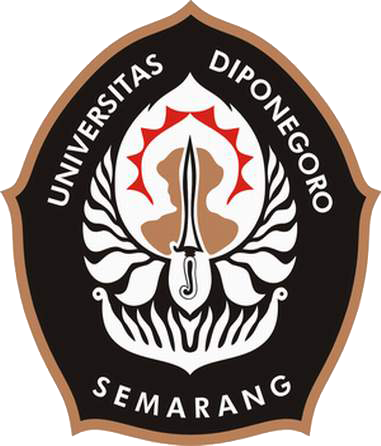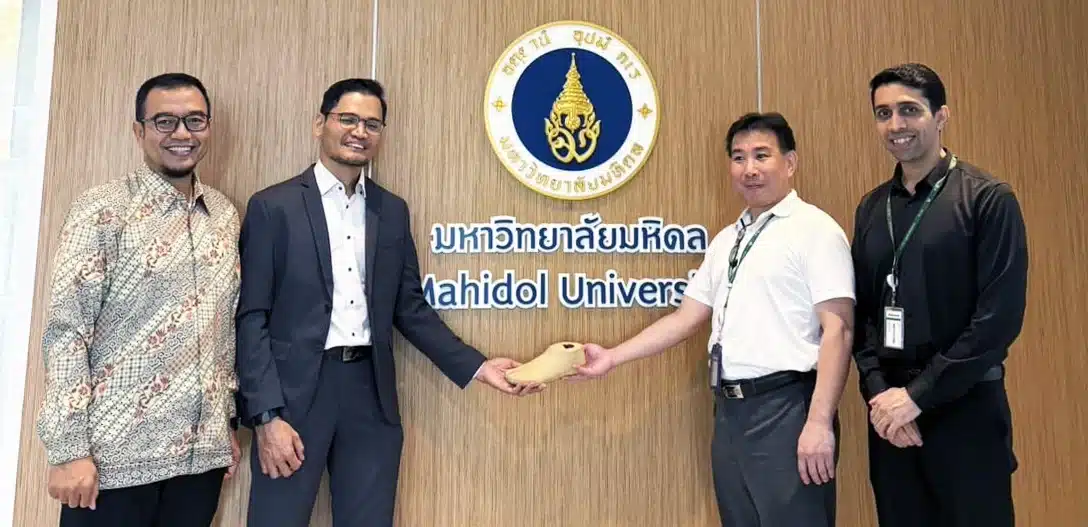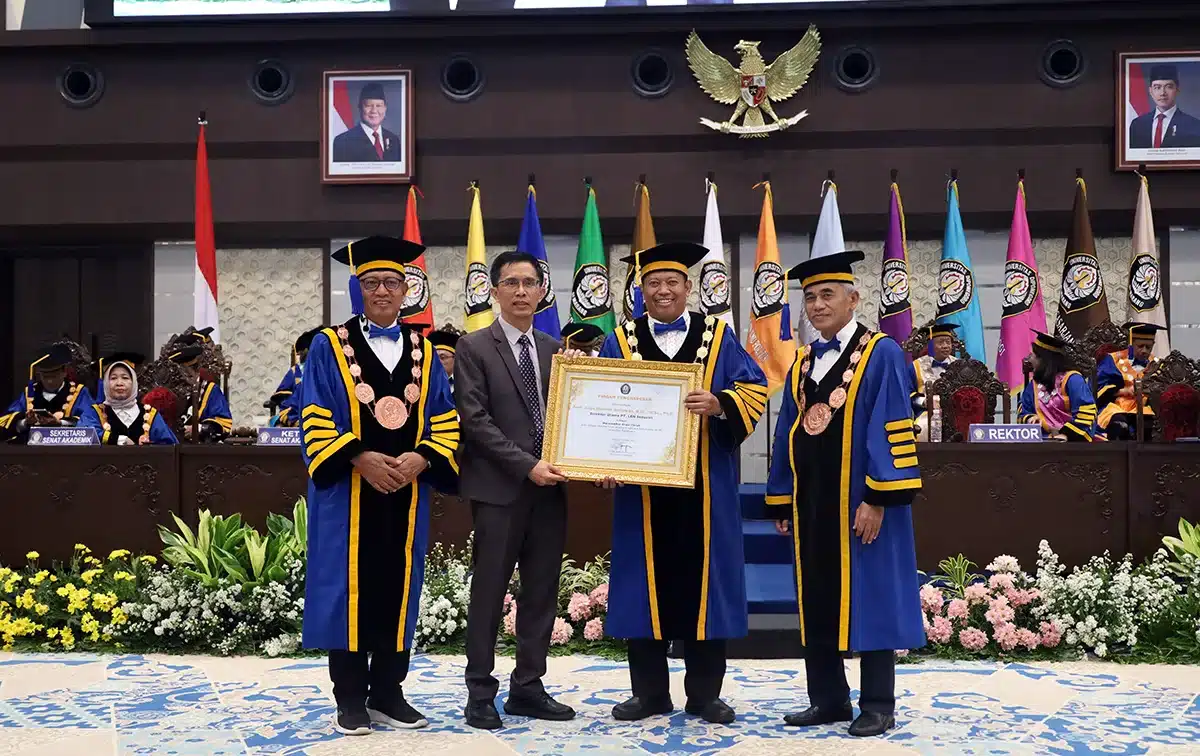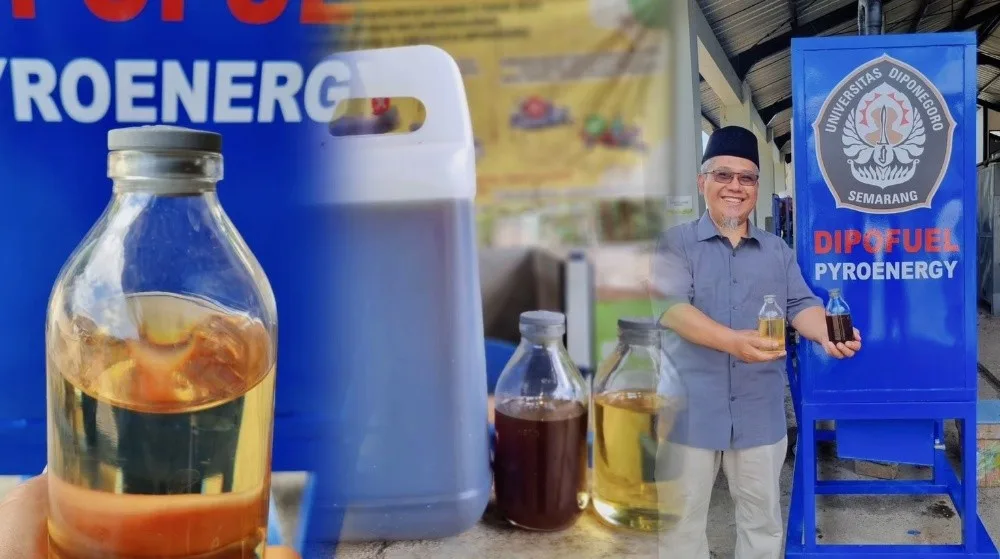The coastal settlements in Demak Regency, Jawa Tengah, spread across the sub-districts of Wedung, Sayung, Bonang, and Karangtengah, are currently facing two major problems: tidal flooding that frequently occurs and continuous land subsidence that happens every year. This land subsidence reaches up to 10 centimeters per year, making the area increasingly vulnerable to high tides.
When tidal floods occur, residents’ houses are submerged, making it difficult for them to carry out daily activities. One of the most severe impacts is felt when residents cannot perform basic activities such as urination and defecation because household toilets are submerged. This condition prompted a lecturer from the Epidemiology Graduate Program at UNDIP, Dr. dr. Budi Laksono, M.HSc, came up with an innovative idea of creating the flying toilet. “The concept of this toilet is to ensure it promotes health and is sustainable. Each region sometimes has different challenges. In Demak Regency, the issue is land subsidence. Because the land is sinking, tidal floods frequently occur, so the best toilet design that we introduced is the flying latrine,” explained Dr. Budi when interviewed by UNDIP’s Public Relations team.
The flying latrine is a toilet built on a stack of concrete pipes or circular drainage pipes, with a height of one meter and a diameter of 40 centimeters. The height of the toilet varies for each house, depending on the height of the tidal flood affecting the house. Some require only one concrete pipe, while others need two stacked pipes or a minimum height of two meters. At the top, there is a circular concrete cover with a diameter of 40 centimeters and a hole in the center to place the toilet seat. On one side of the concrete pipe, steps are provided for climbing up and down. The concrete pipes themselves function as a septic tank to hold and treat human waste. If, at some point, the toilet with a height of two meters gets submerged, more concrete pipes can be added on top, allowing the toilet to be used indefinitely.
“This toilet is made in areas with land subsidence, and when the subsidence eventually closes off the septic tank space, the septic tank (concrete pipes) can be stacked higher. If it sinks again, more can be added, and so on. This is the concept of the ‘flying toilet’—the toilet will never disappear,” explained Dr. Budi, who is known as the “toilet doctor” for his initiative of the “20 Million Toilets Movement” in Indonesia.
A total of 70 homes in Tugu Village, Sayung Sub-District, Demak Regency, received flying latrine assistance from Universitas Diponegoro. The flying latrine assistance program took place from September to early October 2024 as part of the university’s community service activities and in commemoration of Diponegoro University’s 67th anniversary. (UNDIP Public Relations Team)












